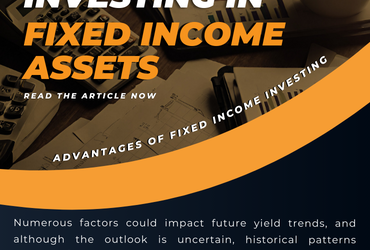
The recent Xi-Trump meeting at the APEC summit marked a turning point in US-China relations, resulting in a “transactional truce.” The agreement temporarily eases several trade and export restrictions, signaling a pause in the years-long trend of economic decoupling and setting the stage for a more stable geopolitical environment heading into 2026.
The US will halve the fentanyl tariff from 20% to 10% (despite the reductions, US tariffs on Chinese imports remain high at 47%), suspend for one year the new export control “penetration rule,” and pause Section 301 measures on China’s maritime, logistics, and shipbuilding sectors. In return, China will suspend its rare earth export restrictions and countermeasures for the same duration, while refining specific implementation plans. Both sides will also work to resolve issues related to TikTok, and China will resume purchases of US soybeans, though no quantity or timeline was specified.
Following the agreement, the weighted US tariffs on Chinese goods will be around 31%, compared to over 35% previously. This brings China’s export competitiveness closer to regional peers such as Vietnam, Malaysia, and Thailand, whose exports face roughly 19–20% tariffs. The reduced tariff burden should ease pressure on Chinese manufacturers, especially in consumer and industrial goods, while the suspension of shipping-related levies may benefit Chinese shipbuilders and logistics firms.
Our Thoughts
While the summit did not resolve core structural issues, it successfully lowered short-term risks and re-opened channels for dialogue. Trump is expected to visit China in early 2026, with Xi likely to make a reciprocal visit to the US later in the year. The dual hosting of APEC 2026 in China and the G20 summit in the US will further encourage engagement. For investors, this “strategic stalemate” offers greater geopolitical visibility, potentially restoring confidence in Chinese equities and supporting portfolio reallocation towards China as global tensions ease. We recommend a barbell strategy through 2025, combining quality growth opportunities with defensive income assets to navigate potential volatility.
Please click on the link to learn more or email us at cse.my@phillipcapital.com.my if you require any further information.
Disclaimer
The information contained herein does not constitute an offer, invitation, or solicitation to invest in any product or service offered by Phillip Capital Management Sdn Bhd (“PCM”). No part of this document may be reproduced or circulated without prior written consent from PCM. This is not a unit trust or collective investment scheme and is not an obligation of, deposit in, or guaranteed by PCM. All investments carry risks, including the potential loss of principal.
Performance figures presented may reflect model portfolios and may differ from actual client accounts’ performance. Variations in individual clients’ portfolios against model portfolios and between one client’s portfolio to another can arise due to multiple factors, including (but not limited to) higher relative brokerage costs for smaller portfolios, timing of capital injections or withdrawals, timing of purchases and sales, and mandate change (e.g., Shariah vs. conventional). These differences may impact overall performance.
Past performance is not necessarily indicative of future returns. The value of investments may rise or fall, and returns are not guaranteed. PCM has not considered your investment objectives, financial situation, or particular needs. You are advised to consult a licensed financial adviser before making any investment decisions.
While all reasonable care has been taken to ensure the accuracy and completeness of the information contained herein, no representation or warranty is made, and no liability is accepted for any loss arising directly or indirectly from reliance on this material. This publication has not been reviewed by the Securities Commission Malaysia.






